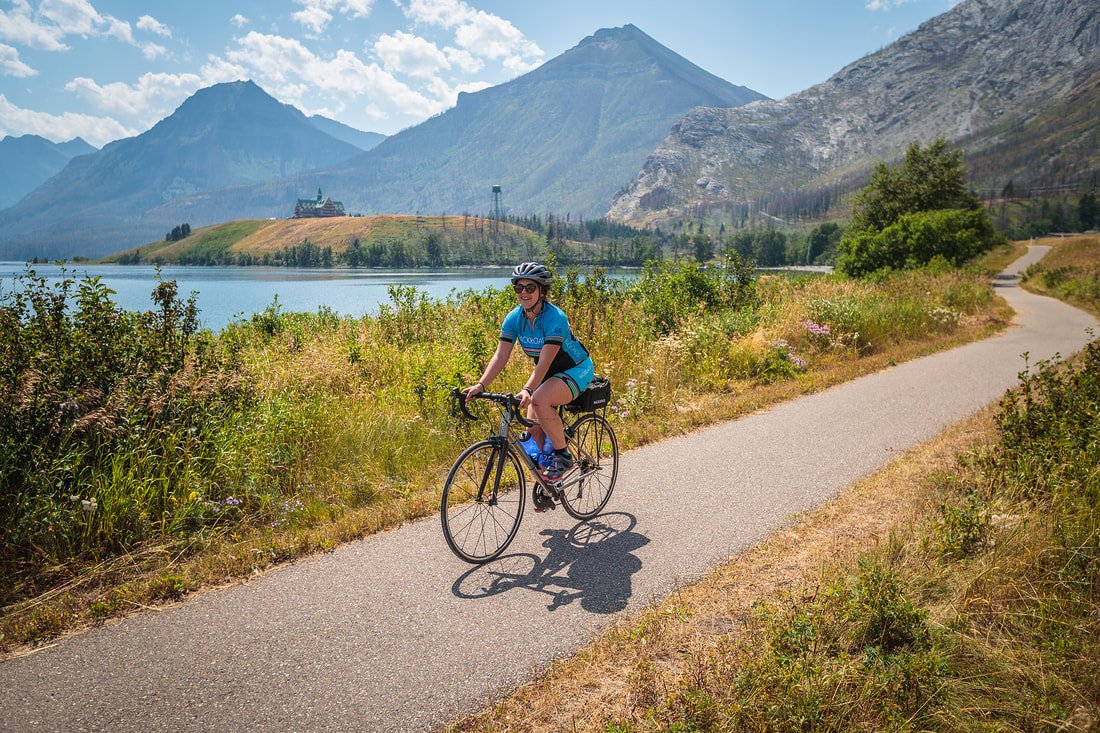Best Bike Tune-Up Tips for the Summer Cycling Season
Photo courtesy Backroads
Guest Post via Backroads
Biking is a fantastic way to get out and enjoy the fresh air and sunshine in a safe and healthy way.
Backroads is an active travel company that offers hundreds of highly curated trips around the world that focus on hiking, walking, biking and other fun adventures. And our friends at Backroads offer some great tips for how you can get your bike ready to get back on the road now that summer is right around the corner.
Clean It Up
Regular cleaning helps prolong the life of your bike and its parts. Before heading out (and after each ride), take a damp rag and wipe down your bike, focusing on the areas where dirt and grime accumulate. Pay special attention to the brakes, crank, cog and wheels. Then, give the chain a good wipe. This will dirty your rag, but it's worth it. Grime and dirt accumulate on the chain and can spread to the chain-ring, rear derailleur (especially the gear pulleys) and the cassette. A good citrus degreaser is the best cleaner (try Simple Green, for example).
Smooth Moves
Immediately after cleaning, be sure to re-lubricate any moving parts. Wiping off the dirt is great, but you often remove the lubricant along with it. A silicone-based lubricant is best (Boeshield T-9, Tri-Flow, etc.). Apply a coat to the chain and derailleurs (pivot points and pulley axles). Wipe off the excess when done, as too much lubricant attracts unwanted dirt. This will keep things running smoothly and silently, which helps you stay focused on enjoying every inch of the road.
Check Tire Pressure
Make sure your tires are inflated properly before you ride. In addition to making your bike more susceptible to getting a flat, low pressure makes the bike feel heavy, sluggish and much less fun to ride. Over-inflating your tires can create a dangerous situation in which your tire comes off the rim. Most bike pumps come equipped with a pressure gauge. Road tires generally take 90 to 120 PSI, while mountain bike tires generally take 25 to 35 PSI (check the PSI specs on the tire).
Brakes and Wheels
Before you get to flying along those beautiful roads, you need to ensure you'll be able to safely stop. First, make sure your wheels are seated and correctly secured to your bike. Look at the wheel to check whether there is equal spacing on both sides of the frame. Lift the bike and spin the wheel. The brake pads should not rub. Check that your quick release levers are firmly closed with good pressure. (If you have them, they are levers that secure your wheel to the frame in the center of the wheel.)
Next, squeeze the brake levers and rock your bike back and forth. Do they firmly hold the wheels in place? Note that you should be able to pull the levers close to the handlebars without the levers actually touching the handlebars. This makes for a comfortable braking position.
Lastly, for bikes with non-disc brakes, take a look at the brake pads. They should evenly land on the metal rim and not rub the tire or slide below the rim. If you see any issues when reviewing your brakes, it is best to take it to a bike shop for adjustments. These are typically simple repairs for them, and you can be confident you will have proper stopping power when needed.
Time For a Test Ride
Take a short ride around the block to make sure that everything is working fine. Fix anything that might be rattling or out of balance before heading out for a real ride. Once you're ready to go for a ride, don't forget to bring water. Also, it's always wise to pack some snacks and wear layers.
For more information on bike maintenance, training, bike fit and gear, check out additional ProTips from Backroads.
Happy riding!
JR

